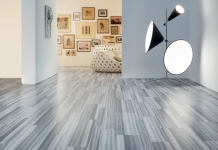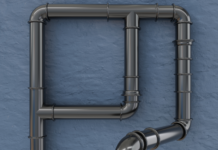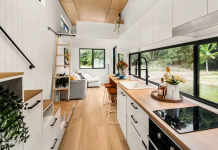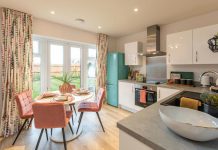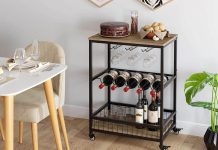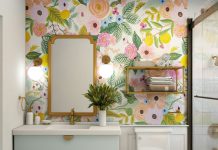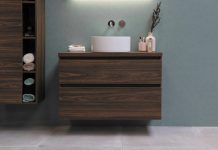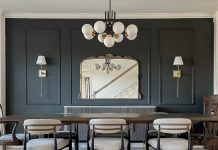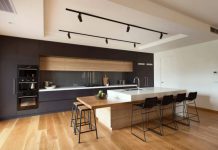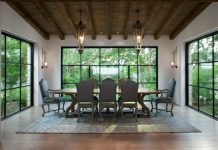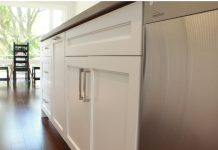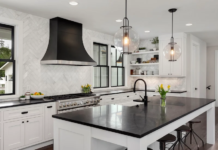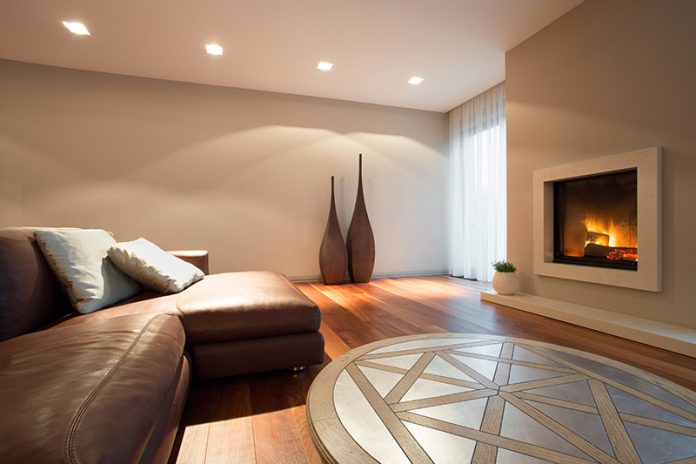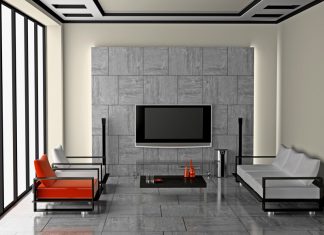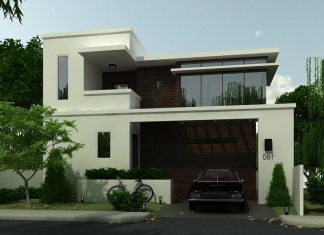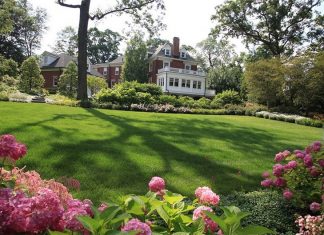Interior lighting is quite a niche in today’s world. Traditionally lights have been associated as a need but over the years with the progressive lifestyle changes the lighting technology has evolved exponentially. Lighting architects suggest how the usual boring scenery of any place can turn into a literal manifestation of a dream by a little bit of creative expression through these light fixtures. Recessed lighting is one of the main light fixtures which transformed the idea of general lighting and gave a leap to creativity beyond general lighting.
Recessed light fixtures are tiny ceiling lights, they got the name because these lights sit inside the ceiling. Their design profile is unique, very sleek and thoroughly adjustable.
Structure of Recessed Lights
A simple recessed light consists of three main components. These are integral and determine the use of recessed lights even in trickiest spaces.
The three basic structural components are
Housing
The housing of the recessed light is the core component and holds all the other electrical and optical components. It sits inside the ceiling connected with joists and holds the bulb. The housing of these fixtures are rated for two ceiling types: Insulated and non-insulated.
Now this rating is of high importance and must be checked prior to purchase in order to avoid accidents.
Not just this but these housings are designed specifically for installation in tricky spaces with varying ceiling designs akin to postmodern or vintage homes. The different type of housings are:
- Remodel housing; for remodeled ceilings
- New Construction Housing for Newly Constructed Ceilings
- Sloped ceiling housing; for sloped ceilings.
The housing directly aspects the functionality of these fixtures as most of the ceiling lights allow little room for experimentation whereas recessed lights being tiny and almost discreet allow more room for lighting as they take up zero overhead space.
Due to this reason, they also serve as decorative lighting fixtures in interiors where other fixtures are difficult to incorporate.
Trim
The trim is the outermost and visible part of this fixture. It is decorative and directs the light according to any lighting layout. The trims specifically enable the prospects of three lighting layers which are highly important to create any kind of outlook. It covers, focuses, redirects, blocks light from the fixture to create a general, accent or task lighting layer.
The different kinds of available trim designs are
- For general lighting
Open trim
Reflector trim
Baffle trim
- For accent lighting
Gimbal trim
Eyeball trim
Wall-wash trim
- For task lighting
Pinhole trim
Eyeball trim
The trims are rotatable and throw lights from a fixed angle which allows layering of light.
Bulb
The bulb used in recessed lights must be bright as these lights have no face value. Sitting inside the ceiling the entire function depends on the brightness and compatibility of the bulb.
Traditionally halogen lamps have been used as they are brighter but they have been subsequently replaced by LED lamps as they are brighter, better and cost effective.
LEDs have a higher lumen output with many other upsides such as
- Low energy consumption
- Low heat production and efficient dissipation
- Longer life span
- Low maintenance costs
- Low replacement costs
- Eco-friendly
- Available in different curvatures for efficient distribution of light
The light produced by LED lamps is bright and uniform. The most common issue with traditional lights is their inability to perform under varying temperatures while LEDs are functional even at lowest temperatures. They do not heat up and are resistant to many other factors.
For Homes
In residential spaces, recessed lights have gained popularity over the years for various reasons. LED recessed lights are quite common in these spaces as they allow a wide room for experimentation. In homes, each room carries a certain vibe to it according to its usage. To incorporate and enhance that LED recessed light allows a spectrum of customization like correlated colour temperature, high CRI index and most specifically variable sizes.
For Cafes
Cafes and restaurants for most part always carry a certain vibe. The main goal is to create a space which is cozy, inviting and ambient enough for lounging, get together or dinners similar to that of lounges in homes. Cafes and restaurants mostly incorporate warmer tones of lights which are dimmable and switchable to keep up with ongoing trends or themes.
Most of these spaces use task light trims around tables paired with other decorative light fixtures for enhanced ambience. Recessed lights are compatible in almost any ceiling design so they can work as decorative fixtures while being installable in walls as well.
For Art Galleries
Art galleries mostly have stuff on display. The main focus is on the collections and to enhance their look for effective visibility to detail for critics or visitors. They are highly favourable in these environments as recessed lights do not occupy any space and throw light on the object of illumination. Due to high CRI and focused beam angle, they produce high quality uniform light which illuminates the object and depicts its original colours without damaging the material.
LED recessed lights are available in a bunch of designs, the trim being mostly round, square or rectangular for decorative reasons. The sizing is highly dependent on the layout of the space they are installed in. the custom sizes ranging from 2- inches to 6-inches.
It is recommended to create the layout prior to installation as these lights requires holes being drilled into the ceiling which is irreversible in case of any mismanagement. For seamless designing and to ensure longevity of the fixture, few parameters must be checked such as
The height of the ceiling, type of the ceiling which helps in determining the lumen requirement per fixture, size of the housing, size of the trim, design of the trim as well as the minimum voltage requirement.
These lights are efficient and sustainable and are highly favoured when it comes to refurbishing interiors with contemporary layouts for the long term. They are energy efficient, reduce electricity costs by a great margin and require very little maintenance.

